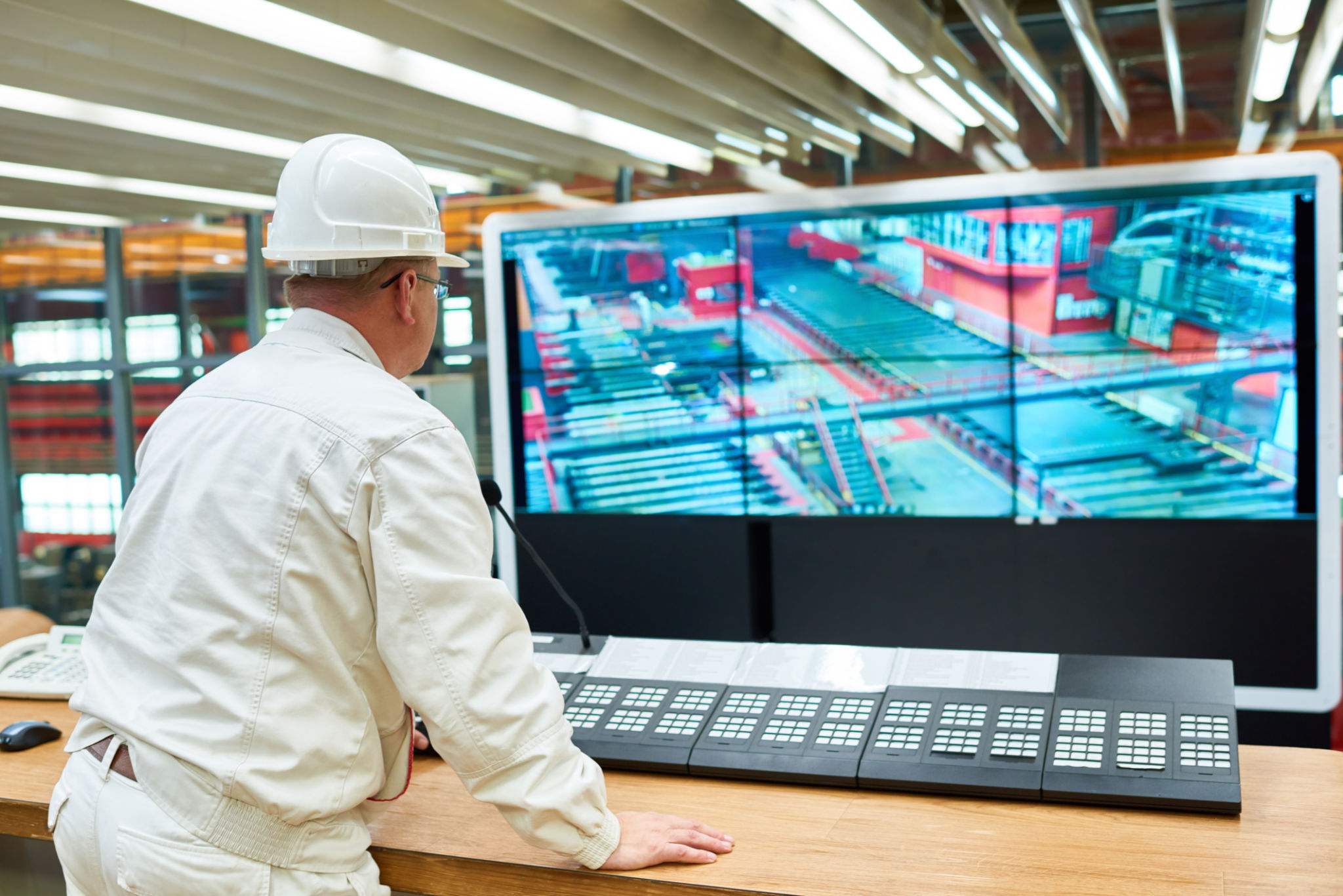A Step-by-Step Guide to Implementing Automation in Electroplating Plants
Understanding Electroplating Automation
Electroplating is a critical process in various industries, providing metals with enhanced properties like corrosion resistance and aesthetic appeal. However, traditional electroplating methods can be labor-intensive and prone to human error. Implementing automation in electroplating plants can significantly improve efficiency, reduce waste, and enhance quality control. This guide will walk you through the steps necessary to successfully integrate automation into your electroplating operations.

Assessing Current Processes
The first step in implementing automation is to conduct a thorough assessment of your current electroplating processes. This involves analyzing your workflow to identify bottlenecks, inefficiencies, and areas where automation can provide the most benefit. Key considerations include:
- The volume of production.
- The complexity of plating tasks.
- Current labor costs.
Understanding these factors will help you prioritize which processes to automate first and determine the type of technology that best suits your needs.
Selecting the Right Automation Technology
With a clear understanding of your current processes, the next step is to choose the appropriate automation technology. Options range from simple conveyor systems to advanced robotic arms and fully integrated software solutions. When selecting technology, consider:
- The scale of your operations.
- The flexibility required for different plating tasks.
- Your budget constraints.
It’s important to invest in scalable solutions that can grow with your business and adapt to future needs.

Implementing the Automation System
Once you've selected the right technology, it's time to implement the automation system. This process involves installing equipment, configuring software, and integrating both into your existing operations. Key steps include:
- Training staff on new equipment and software.
- Testing the system to ensure it meets operational requirements.
- Gradually phasing in automation to minimize disruptions.
Effective implementation requires collaboration between operations managers, engineers, and IT specialists to ensure a smooth transition.
Monitoring and Optimizing Automated Processes
Automation is not a one-time setup; it requires ongoing monitoring and optimization to ensure peak performance. Regularly review system data to identify areas for improvement. This might involve adjusting software settings, upgrading hardware, or refining operational processes.

Additionally, gather feedback from employees who interact with the automated systems daily. Their insights can be valuable for identifying issues and enhancing system efficiency. Remember, continuous improvement is key to maximizing the benefits of automation.
Benefits of Automation in Electroplating
Implementing automation in electroplating plants offers numerous advantages. These include increased productivity, improved product quality, and reduced operational costs. Automation also enhances workplace safety by minimizing human exposure to hazardous chemicals used in electroplating processes.
Furthermore, automated systems provide detailed data analytics, enabling better decision-making and process optimization. As a result, businesses can achieve greater consistency in product quality and customer satisfaction.
Conclusion
Embracing automation in your electroplating plant is a strategic move that can propel your operations into the future. By following this step-by-step guide, you can effectively integrate automation technologies that align with your business goals and enhance your competitive edge. Remember that successful implementation requires careful planning, execution, and ongoing optimization to fully realize the potential benefits.
